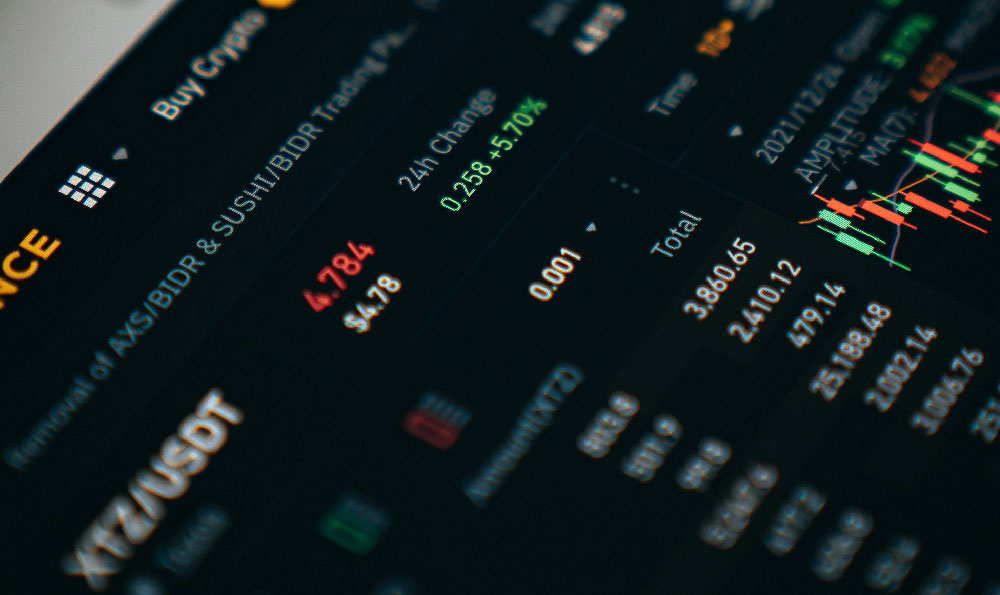How Much Money Can a YouTube Video Make? What Factors Influence Earnings?
Okay, I'm ready. Here's an article addressing the potential earnings from a YouTube video and the factors that influence them.
How much can you really earn from a YouTube video? It’s a question that tantalizes aspiring content creators and even established YouTubers constantly tweaking their strategies. The answer, unfortunately, isn't a simple dollar amount. It's a complex equation influenced by a multitude of factors that range from the niche you occupy to the engagement your videos generate and even the time of year. Let's delve into the multifaceted landscape of YouTube monetization.
The most direct source of revenue for most YouTubers comes from the YouTube Partner Program (YPP), which allows them to display ads on their videos. The earnings from these ads are measured using metrics like CPM (Cost Per Mille, or cost per 1,000 impressions) and RPM (Revenue Per Mille, or revenue per 1,000 views). These numbers represent the amount advertisers pay to have their ads shown and the revenue the YouTuber actually receives after YouTube takes its cut (typically 45% of ad revenue).

CPM and RPM fluctuate significantly. Several factors drive these variations. The subject matter of your videos plays a crucial role. For example, finance, business, and technology channels often command higher CPMs because advertisers targeting these demographics are willing to pay more. Conversely, channels focusing on topics like gaming or entertainment might see lower CPMs, although sheer viewership numbers can compensate for this.
Geographical location is another significant determinant. Viewers from countries with higher advertising rates, such as the United States, Canada, the United Kingdom, and Australia, typically generate higher RPMs compared to viewers from countries with lower advertising rates. This is because advertisers are willing to pay more to reach audiences in wealthier nations with higher purchasing power.
Audience demographics also play a pivotal role. Advertisers are particularly interested in targeting specific age groups, genders, and income levels. If your content attracts a highly sought-after demographic, you're likely to see higher CPMs. For instance, a channel catering to young professionals interested in luxury goods will likely attract advertisers willing to pay a premium.
Beyond CPM and RPM, video length and watch time also influence earnings. Longer videos, especially those exceeding eight minutes, allow YouTubers to place multiple ad breaks, increasing the potential for ad revenue. Furthermore, watch time, which measures the total amount of time viewers spend watching your videos, is a critical metric in YouTube's algorithm. Videos with higher watch times are more likely to be recommended to other viewers, leading to increased visibility and, consequently, higher earnings. YouTube prioritizes content that keeps viewers engaged on the platform.
However, relying solely on ad revenue can be a precarious strategy. Many successful YouTubers diversify their income streams to mitigate the risks associated with fluctuating CPMs and algorithmic changes. Affiliate marketing is a popular alternative. By promoting products or services in their videos and including affiliate links in the description, YouTubers can earn a commission on sales generated through those links. The key to successful affiliate marketing is to promote products that are relevant to your audience and that you genuinely believe in.
Sponsorships are another lucrative avenue for YouTubers with a dedicated audience. Brands often partner with YouTubers to create sponsored content that promotes their products or services. The amount a YouTuber can charge for a sponsorship depends on factors like their audience size, engagement rate, and the level of integration required for the sponsorship. Sponsorships can be a significant source of income, but it's important to maintain transparency with your audience and only promote products that align with your brand.
Merchandise is another way YouTubers can monetize their channel. Selling branded merchandise, such as t-shirts, hoodies, mugs, and other products, can be a great way to generate revenue and build a stronger connection with your audience. To be successful with merchandise, it's important to create designs that resonate with your audience and to offer high-quality products at a reasonable price.
Crowdfunding platforms like Patreon allow viewers to directly support their favorite creators by becoming patrons and pledging monthly contributions. This provides YouTubers with a more stable and predictable income stream. Offering exclusive content or perks to patrons can incentivize viewers to subscribe and contribute financially.
Super Chat and Super Stickers, features available during live streams, allow viewers to pay to have their messages highlighted in the chat, providing another avenue for monetization. These features are particularly popular during live Q&A sessions or interactive streams.
The level of engagement your videos generate also impacts potential earnings. High engagement rates, measured by metrics like likes, comments, shares, and subscriber growth, signal to YouTube's algorithm that your content is valuable and engaging, leading to increased visibility and potentially higher CPMs. Encouraging viewers to interact with your videos and respond to comments can help boost engagement.
Algorithmic changes on YouTube can significantly impact a YouTuber's earnings. YouTube's algorithm is constantly evolving, and changes can affect how videos are ranked and recommended. Staying informed about algorithm updates and adapting your content strategy accordingly is crucial for maintaining visibility and maximizing earnings.
Finally, seasonality can play a role. Advertising rates tend to be higher during the holiday season (November and December) as businesses ramp up their advertising spending to reach consumers during peak shopping periods. Conversely, advertising rates may be lower during the first quarter of the year as businesses cut back on their advertising budgets after the holidays.
In conclusion, determining how much money a YouTube video can make is a complex undertaking. It's not a simple equation of views times a fixed rate. It is the result of a complex interplay of many factors, from niche and geography to engagement and diversification. By understanding these factors and strategically optimizing their content and monetization strategies, YouTubers can increase their earning potential and build sustainable businesses on the platform. Success requires dedication, adaptability, and a continuous effort to understand and cater to your audience.















